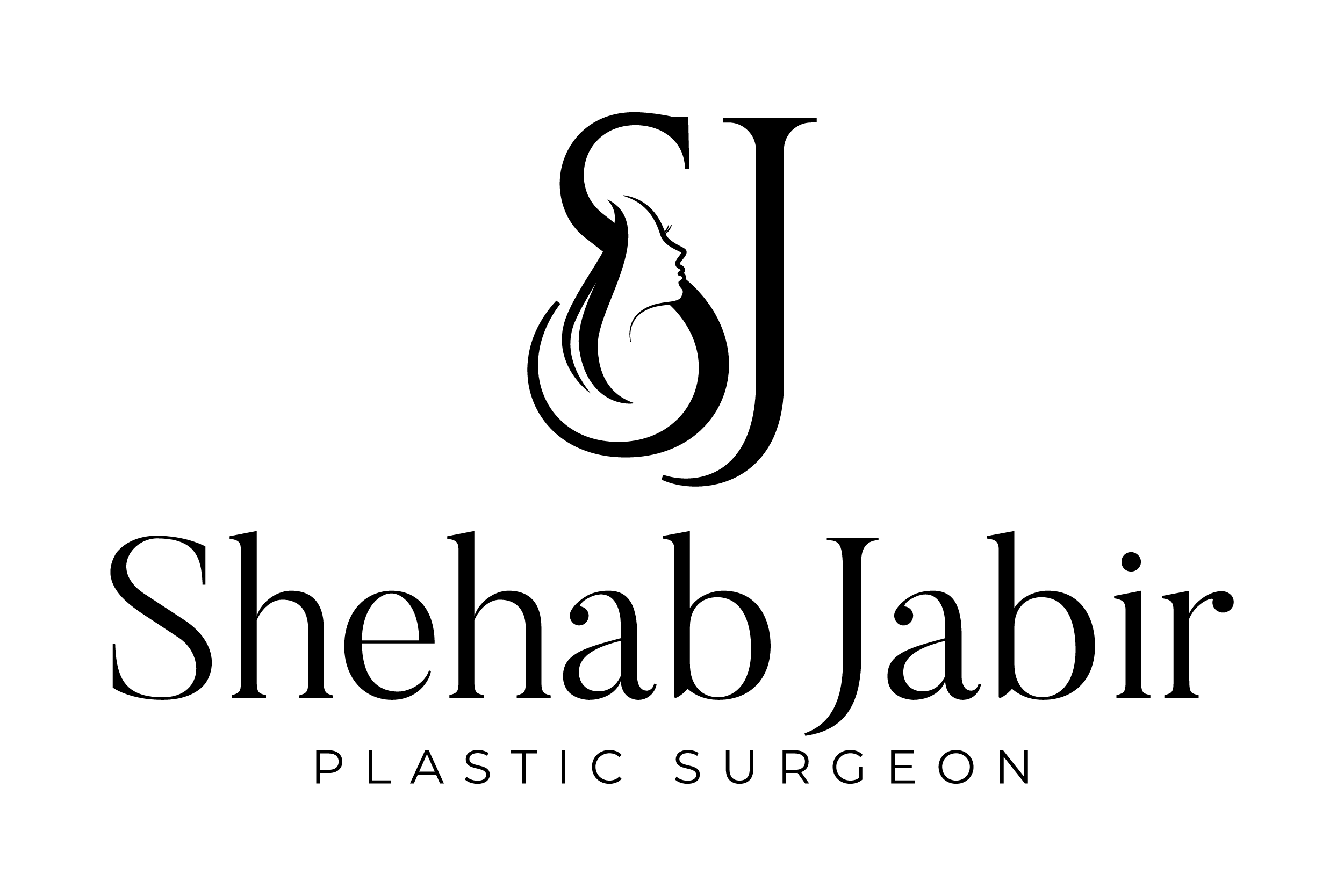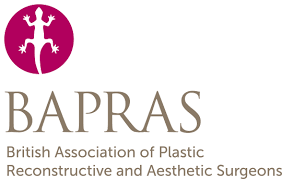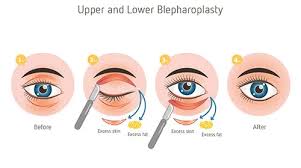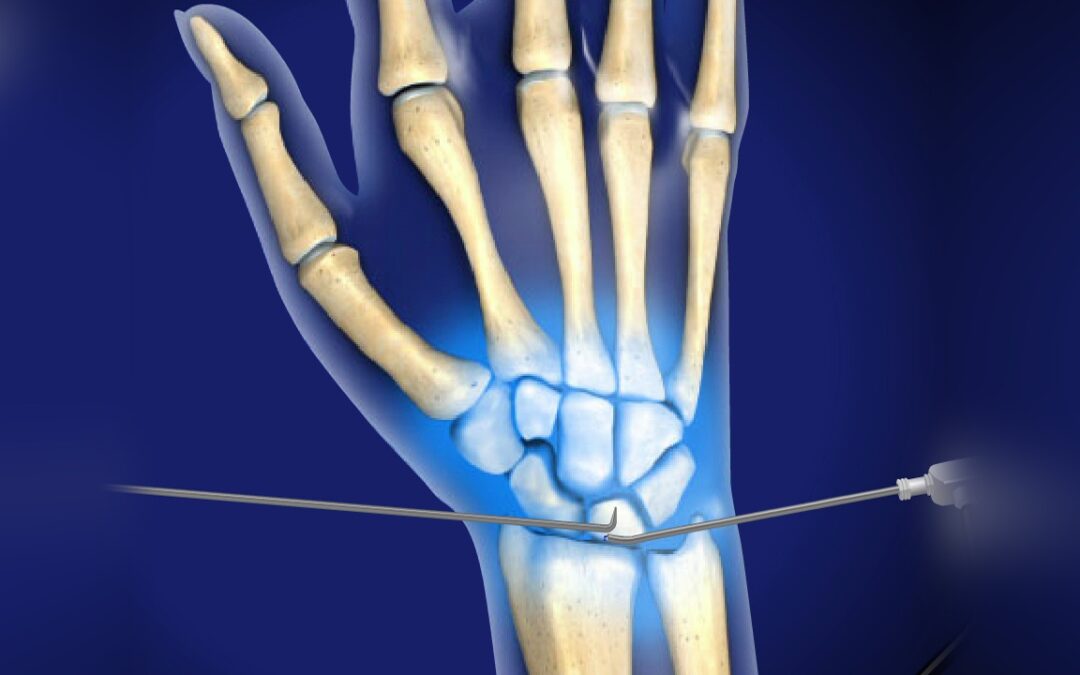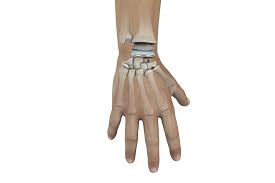De Quervain’s Disease
De Quervain’s disease is a condition that causes pain in the tendons that move your thumb. It is caused by inflammation and thickening of the tendons that run through a narrow tunnel in the wrist. The pain is usually felt on the outside of the wrist, and it is often worse when you use your thumb to grasp or pinch objects.
Who is a good candidate for De Quervain’s surgery?
De Quervain’s surgery is a good option for people who have tried non-surgical treatments for De Quervain’s disease without success. Non-surgical treatments for De Quervain’s disease include:
- Splinting: The surgeon may recommend wearing a splint or brace to immobilize the thumb and reduce pain.
- Injections of steroid: steriod can be injected into the area around the tendons to reduce inflammation.
- Physical therapy: Physical therapy can help to improve range of motion and strength the thumb.
If you have tried these treatments and your De Quervain’s disease is still causing problems, you may be a good candidate for De Quervain’s surgery.
What are the risks of De Quervain’s surgery?
The risks of De Quervain’s surgery are:
- Infection
- Nerve damage
- Scarring
- Loss of motion
- Recurrence of the disease
What happens during De Quervain’s surgery?
The procedure can be done under local anaesthetic or regional block (where the entire arm is made numb). A small incision is made over the tendons and the bands restricting the tendons within the tunnel are released.
How long does De Quervain’s surgery take?
The operation can around 1-2 hours. You can go home on the same day following surgery.
What is the recovery time for De Quervain’s surgery?
The recovery time for De Quervain’s surgery is typically 4-6 weeks. You will need to wear a splint or brace for 2-4 weeks. You will also need to avoid strenuous activity for 4-6 weeks.
What are the results of De Quervain’s surgery?
De Quervain’s surgery is usually very successful in relieving pain and improving function in the thumb. However, there is a risk of recurrence of the disease.
Here are some additional tips for patients considering De Quervain’s surgery:
- Be realistic about your expectations. There maybe a recurrence of symptoms following De Quervain’s surgery.
- Choose a board-certified hand surgeon with experience in De Quervain’s surgery.
- Ask your surgeon about their aftercare plan.
- Be prepared for a lengthy recovery period.
- Be patient with your results. It can take up to a year for your wrist to fully heal.
Here are some frequently asked questions about De Quervain’s surgery:
- I think I have De Quervain’s disease, can I have surgery straight away? It is recommended that you have steroid injection prior to surgical intervention. If your symptoms respond to steroid injections, it then means you may have a good response following surgery. If steroid injections don’t help, it maybe that your pain is coming from elsewhere and a more thorough assessment of your symptoms and their cause needs to be undertaken.
